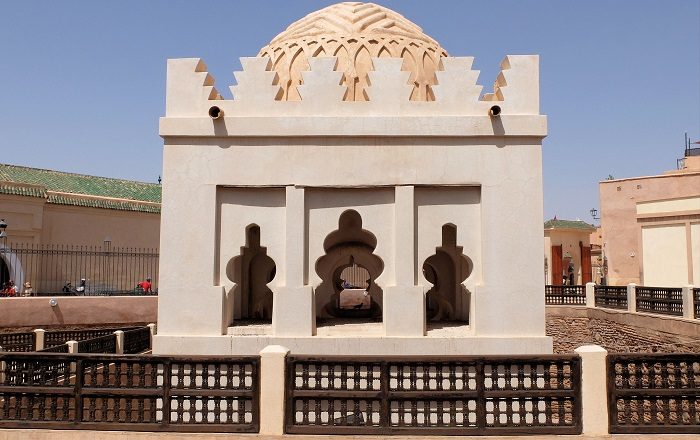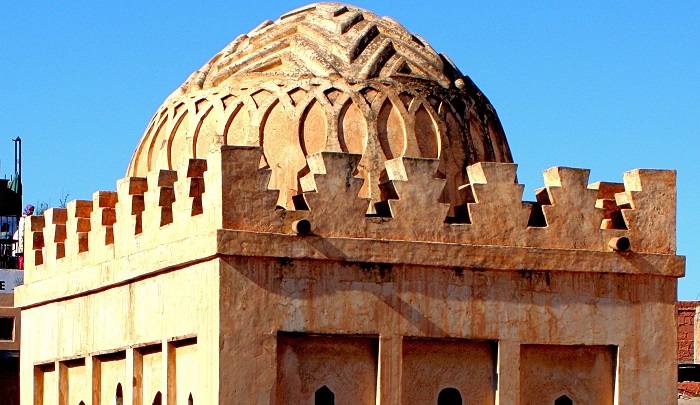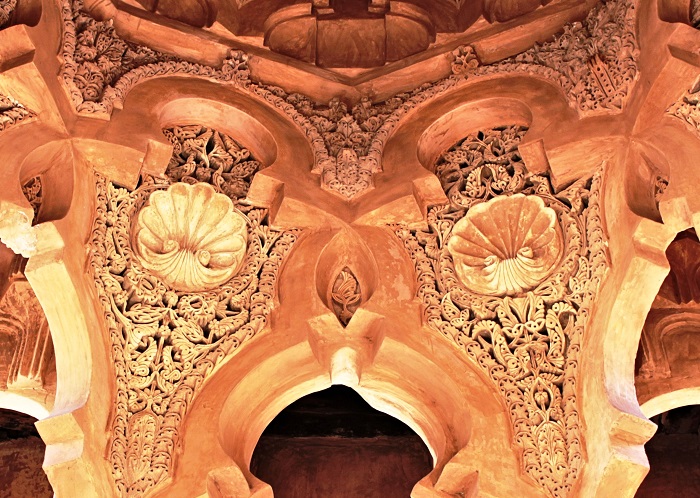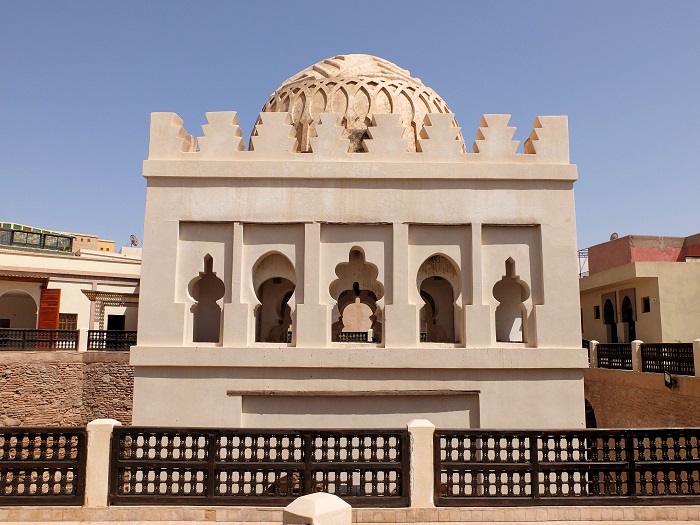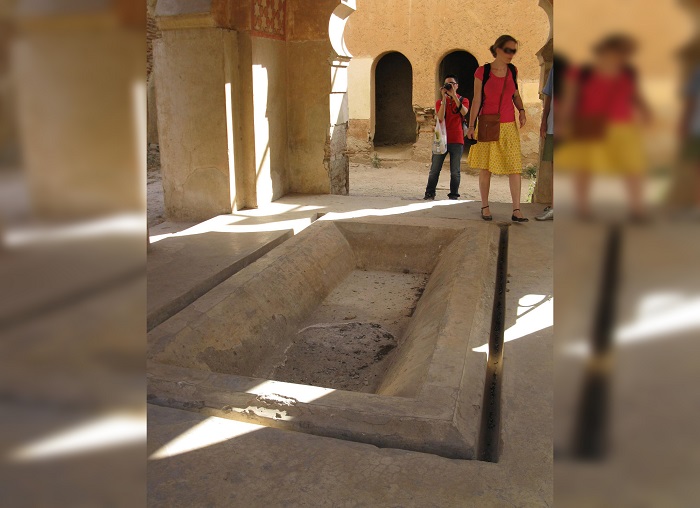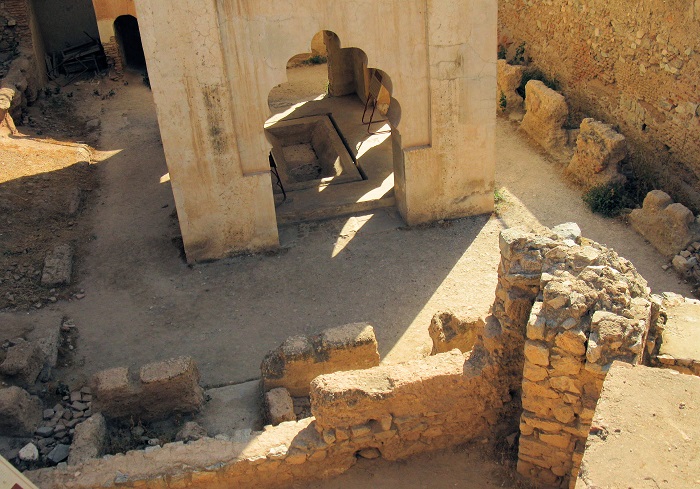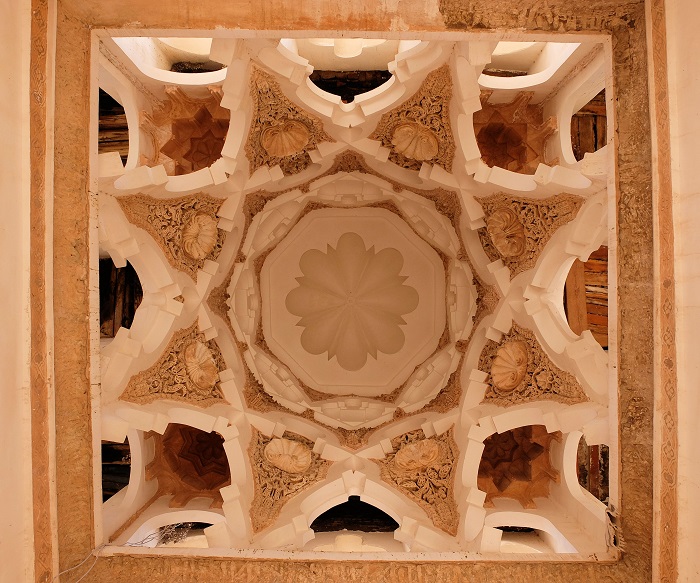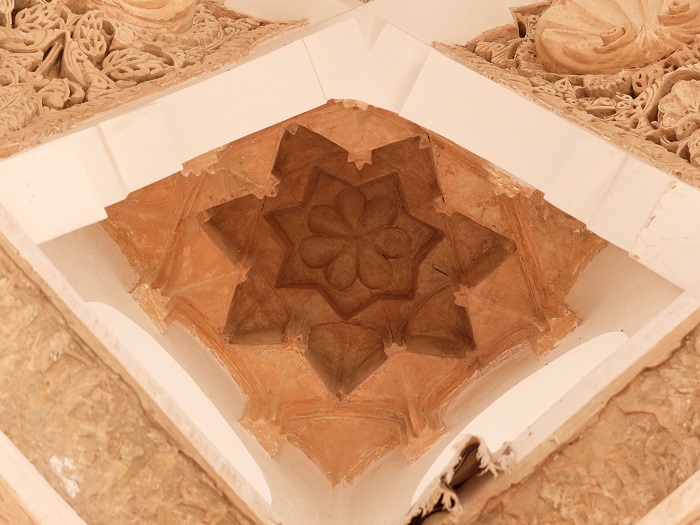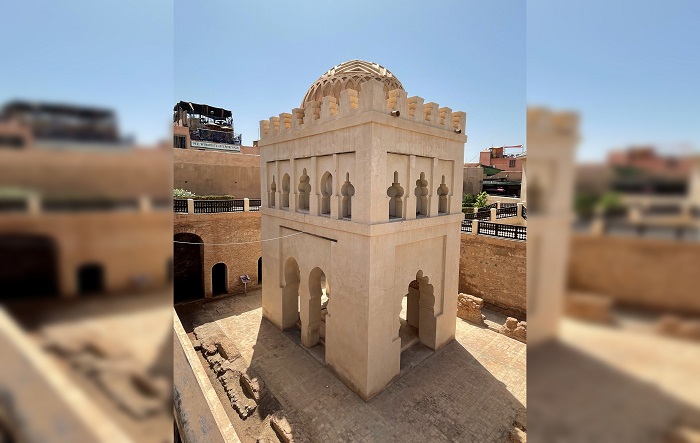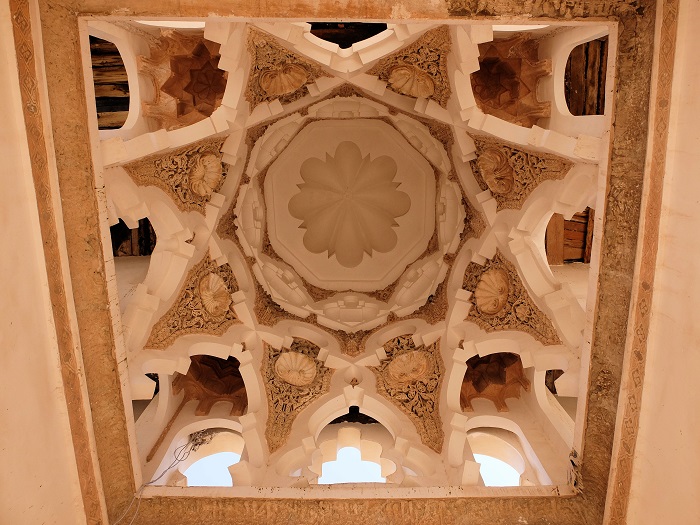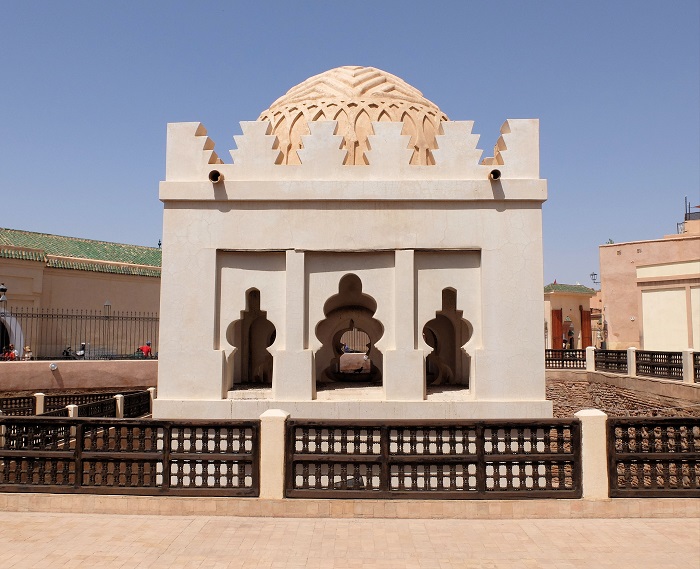The Almoravid Qubba is one of the best architectural remains of the Almoravid dynasty that can be found in the city of Marrakesh, which is the capital city of the Marrakesh–Safi Region within the central part of the Kingdom of Morocco. Dating back to the 12th century, it is a singular surviving example of Almoravid workmanship, reflecting the sophistication of Islamic architecture at the time, and even though it is small in size, the Qubba’s intricate decoration and historical significance make it a worthwhile stop for a glimpse into Morocco’s medieval past.
As it is located more precisely in the center of Marrakesh, the Almoravid Qubba is near the Ben Youssef Mosque, which is one of the most historically significant religious complexes in the city. As Marrakesh was founded by the Almoravids in 1070 and was the capital of their empire, the dynasty extended across North Africa and the Iberian Peninsula in Spain, and the fact that the Qubba is located in the ancient medina speaks to its historical function as a part of the city’s religious complex and water system.
This historic monument was built in 1117, under the rule of Ali ibn Yusuf, who was the most influential Almoravid emperor. The Almoravids were a Sahara Berber dynasty that established a vast empire that encouraged a puritan interpretation of Islam while advancing architectural and cultural developments and the Qubba was built as an ablution pavilion, supplying water to those praying at the nearby mosque. Its function had a close connection to Islamic customs since ritual purification before prayer was obligatory, and the structure was part of a larger hydraulic system, highlighting the advanced engineering skills of the Almoravid era.
Although the Almohads, who succeeded the Almoravids, aimed to demolish most of the Almoravid accomplishments, the Qubba fortunately survived since it was buried for centuries under newer buildings, but it was rediscovered in the 20th century during excavation works, testifying to its architectural and historical importance. This Islamic architectural wonder, with a blend of North African and Andalusian styles that are typical of the dynasty, is small but highly ornate, with a square base and a dome. The exterior walls are plain, but the interior and the dome are where there are fine carvings on display, showcasing the union of simplicity and lavish decoration, which is typical of Almoravid architecture.
The dome itself is the most spectacular element, being multi-lobed and allowing light to filter through, and the interlacing arches, scalloped motifs, and Kufic inscriptions employed demonstrate the Almoravids’ mastery of geometric and decorative art. Floral and vegetal motifs, characteristic of Islamic art, are also employed in the Qubba, symbolizing paradise and the beauty of God, and to top it all, animal motifs such as the griffin also appear, though significantly softened and stylized.
The water system integrated into the Qubba was a cutting-edge innovation for the time. The structure was built to collect and distribute water to surrounding religious buildings, including fountains and the mosque’s ablution facilities, and underground tanks and channels delivered a continuous flow of water, required in the arid Marrakesh climate. This sophisticated engineering is a testament to the Almoravids’ focus on city planning and public infrastructure, as part of their concept of a disciplined Islamic city.
It needs to be noted that during the Almoravid period, the Qubba occupied a focal point in the religious everyday life of city people since it was significant to the devotees by providing cleansed water, vouching to the Islamic practice of cleanliness and spiritual purification. As one of the best-conserved Almoravid monuments, it reflects the dynastic architectural and cultural achievements that shaped Moroccan identity.
Today, the Qubba is an important historical and touristic landmark because it is a rare insight into Almoravid architecture, as most structures of that era were demolished or drastically changed by later dynasties, which is the reason why historians, architects, and tourists interested in the rich cultural history of Morocco visit the site. The Almoravid Qubba is accessible within Marrakesh’s medina, and it is easy to visit for anyone who is visiting the city’s monuments.
ADVERTISEMENT
It is within walking distance of the Ben Youssef Madrasa and the Marrakesh Museum, so a walking tour to these places includes access to this place. It is accessible for visitation throughout the year, and guided tours provide further insight into the building’s architecture and history.
The best time to come is between the cooler months of October and April, when the weather in Marrakesh is more comfortable for exploring, and early morning or later afternoon are optimal times to escape the crowds and photograph the intricate details of Qubba in soft natural light. Since the location is relatively small, a visit is short, but it’s well worth adding to any historical Marrakesh tour.
In conclusion, the Almoravid Qubba is a tribute to the architectural and urban planning skills of the Almoravid dynasty. Its intricate design, advanced water system, and historical significance make it a unique monument in Morocco’s vibrant cultural history. Tiny though it is, the Qubba is a seamless link to the past, an opening to the creativity and innovativeness of medieval Marrakesh. For any enthusiast of Islamic architecture and history, the site presents an unusual opportunity to observe the work of the Almoravids, a dynasty that has significantly contributed to creating the identity of Morocco.

